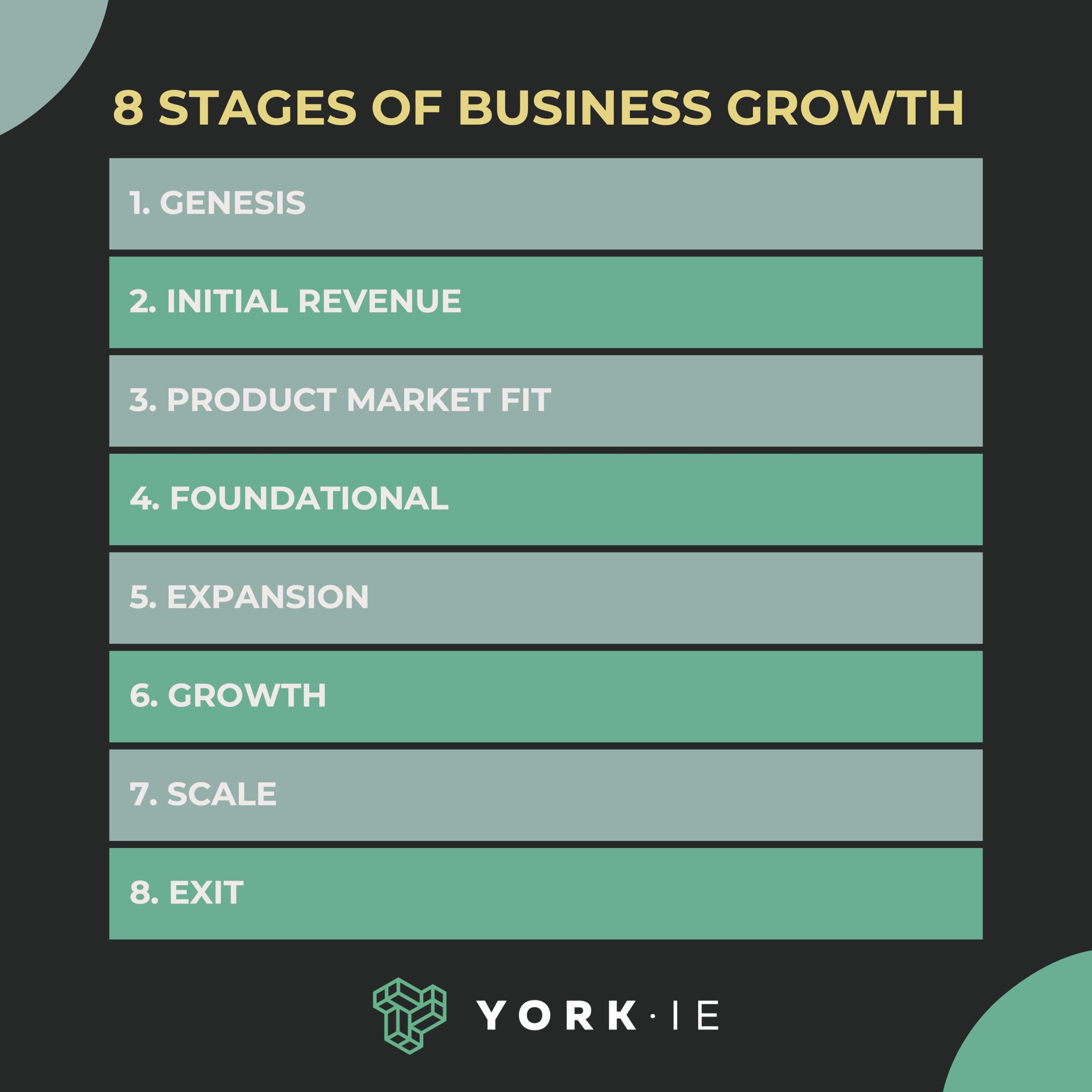Growth strategy is a purposeful, forward-looking plan for a company to achieve its long-term goals. Growth strategies should manifest themselves throughout an organization, from the corporate overview deck and financial model to the processes that teams rely on for their day-to-day tasks.
In this post, I’ll explain how to create an effective growth strategy and share tips on how you can develop the best approach for your business.
How Do You Create an Effective Growth Strategy?
An effective growth strategy should:
- follow the 80/20 rule.
- be built on a solid financial foundation.
- rely on data and research to identify market needs.
- provide a blueprint for sustainable scaling.
- align with your company’s brand.
When you’re fundraising for your company, you spend a lot of time putting together your three- to five-year financial model and your pitch deck.
But whether or not you’re actively raising money, you should be doing this anyway. It is the foundation of your growth strategy. Revisit and update it at least annually.
1. The 80/20 rule
Identify your core engine for business growth and focus 80% of your efforts on that.
Do you have an inside sales model, a field sales model or a channel model? Will you rely on self-service ecommerce sales or product-led growth? Whatever the answer, that’s where you’re going to invest the most so you can scale. You need to nail your product market fit, ideal customer profile and average deal size so you can go win deals on repeat.
From there, the other 20% should focus on additional levers you can pull to unlock new opportunities. These may include new products, changes to pricing and packaging, international expansion and more.
2. Financial Planning and Analysis
As the size of your company grows, so too does its complexity. The finer points of running a business, such as financial modeling, key performance indicator (KPI) reviews and fundraising planning, can easily go astray without proper planning and attention to detail. Include them in your growth strategy to build a solid foundation for your future.
3. Product Strategy and Development
Too many companies build products they think their customers will want, then try to bring them out to market. But the best business growth strategies take a market-in approach instead: relying on research and data to identify needs, then creating a roadmap and building a product that actually drives the company forward.
4. Go-to-Market
In a startup’s early days, it’s often the founder and other executive team members who are responsible for sales. But that isn’t sustainable for the long term. Your growth strategy should include detailed plans for transitioning from founder-led sales to an effective sales organization with predictable revenue for scale. Do you have a quota model in place?
5. Brand
Your brand represents what your company stands for. What are your values, and how do you convey them to your market? Develop a messaging hierarchy with a unique point of view and shout it from the rooftops consistently — a practice we call drumbeat marketing.
Because no matter how good your product or how strong your go-to-market (GTM) motion, your growth strategy won’t succeed if nobody knows who you are. You need a top of funnel that others will envy.
Business Growth Plan Template
Set a course for your company’s success.
Get Your Free Template
Choosing the Right Growth Strategy
At York IE, we get introduced to thousands of startups every year, and they pretty much all fall into one of these categories:
Strong companies in small, niche markets: A lot of times we see this with vertical software. A founder will say, “I’m building this EdTech app for elementary schools.” I believe they can build a good, stable company, but I’m not sure it will ever be a large, venture-backable growth company.
All-aspirational companies: We’ll get a pitch that says, “We’re creating the world leader in cloud computing.” But I don’t believe their financial model, I don’t believe they can secure the amount of funding they’d need, and I don’t believe they can compete with Amazon, Google or Salesforce.
Strong companies with aspirational vision: These are the best companies. They aren’t just dreaming big, but they have solid, realistic business growth strategies to back it up. They have accurate and actionable plans for what they need to do today, this week, this month, this quarter and this year to succeed, letting each milestone unlock their next phase of growth to the top of the mountain.
To choose the best growth strategy for your company, start by looking in the mirror. Which of the above categories do you fall into? Which category would you like to be in?
Be honest with yourself. Then, identify your long-term goals and work backwards to where you are today. What specific actions do you need to take, and what specific investments do you need to make, to achieve those goals?
What Factors Affect Business Growth Strategies?
It’s also important to consider external factors and how they may affect your growth strategy. If you’ve spent years grinding to find a repeatable, scalable business model, and you’ve finally locked in, that’s great. But if current market conditions aren’t conducive to scaling, it might not be time to put your foot on the gas.
Be mindful about the operating mode your company should be executing within:
Protect: Clear your head, batten down the hatches, cut the fat and focus on your unique differentiation. When times are tough, don’t do anything you don’t have to do. Extend your runway and live to play another day.
Optimize: When the time is right, focus on your end-to-end operations and triple down on what you’re good at. Be a maniacal leader focused on insanely good execution and successful attainment of your KPIs.
Maximize: When the opportunity you’ve been working towards is finally opening up to you, you have a damn right to go for it. Rev your engine, invest for scale, make bets, take risks and drive enterprise value creation.
Keep in mind that these aren’t stages of your business growth. You could be a $50 million or $100 million company and need to be in Protect mode. Act accordingly.
Unlock New Opportunities with Your Growth Strategy
For any company, your growth strategy is truly analogous to your business strategy. It should be closely aligned to your financial model while also marrying your product, GTM and brand strategies to the team you’re building to implement them.
It’s critical to have both a long-term vision and a near-term focus on execution, so you can unlock new opportunities with each milestone and stage you hit.
Develop and implement the right growth strategy — not just for where you want to be, but for where you are now.


